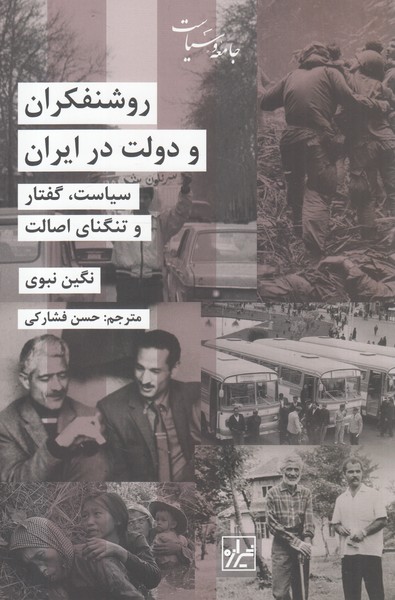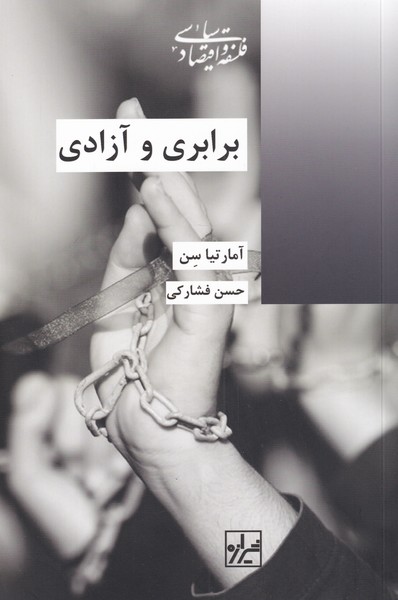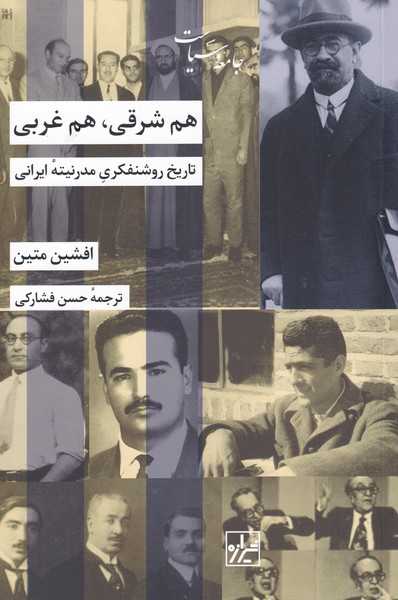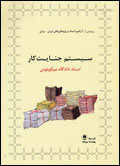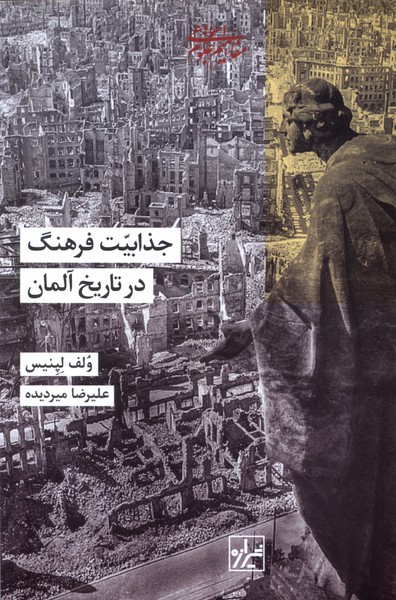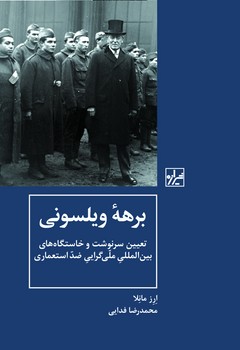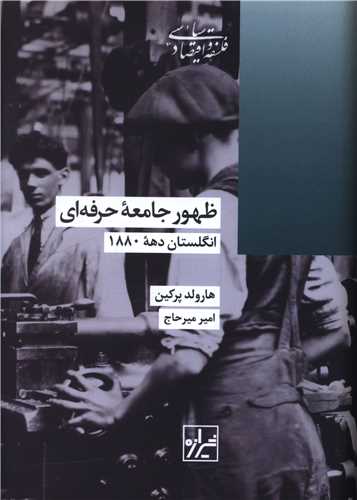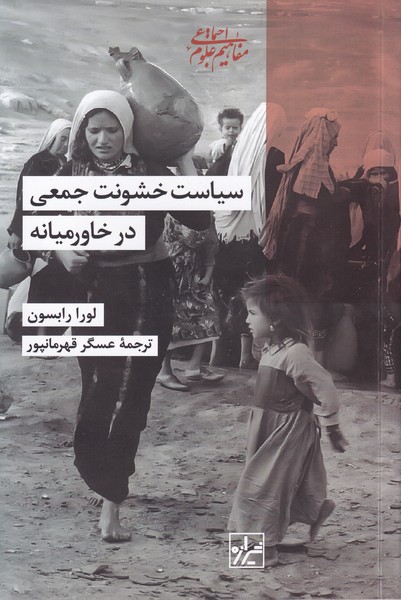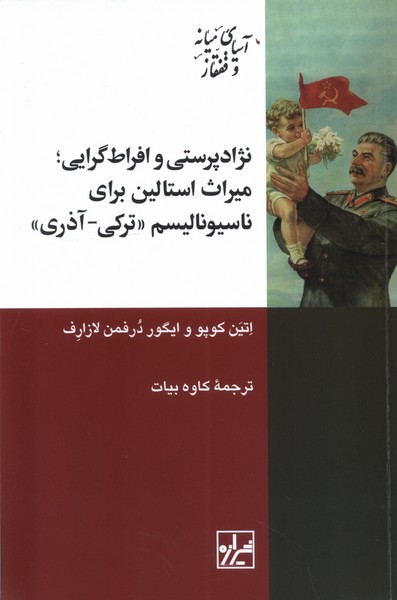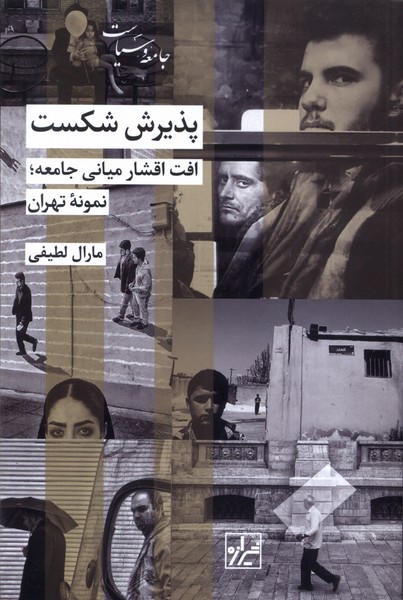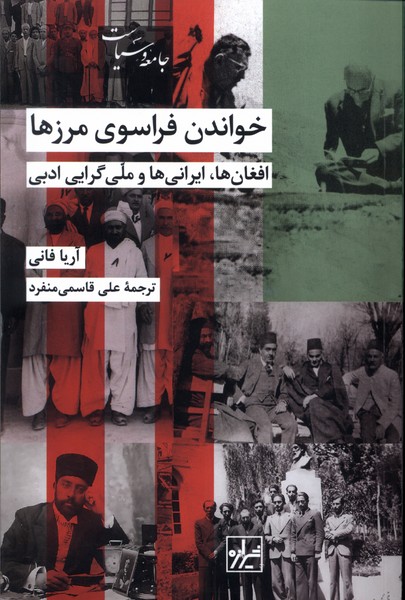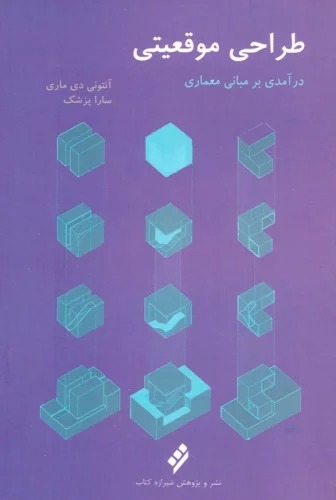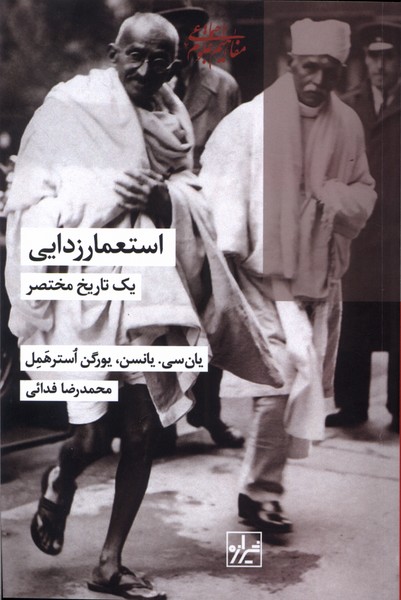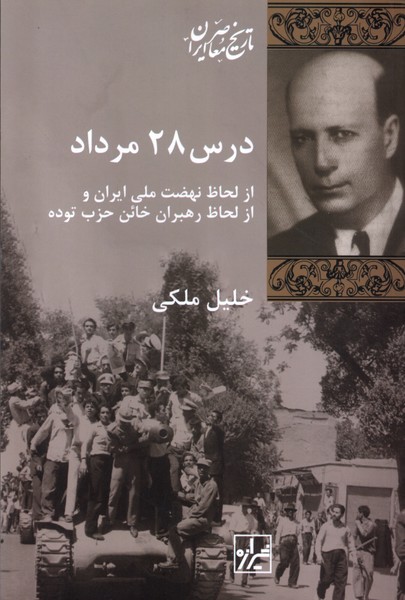Rushanfikran va dawlat dar iran: Persian 1401
روشنفکران و دولت در ایران
23.38 $
Share
Wishlist
Original Title:
Intellectuals and the State in Iran
ISBN:
9789642509409
Translator:
hasan fesharaki
Publisher:
Shirazih
Age Group:
Adult
Pages:
312
Weight:
340 g
Dimensions:
14 x 21 x 3.1 cm
Book Cover:
Paperback
"Impressive [and] cogently argued. . . . shows how and why Iran's secular intellectuals gradually changed their generally negative perception of Islam in the three decades prior to the Islamic Revolution of 1979. With convincing evidence, [Nabavi] shows that Islam and mysticism had gained growing popularity among the secular intellectuals in the years preceding the revolution. . . . A must-read for anyone interested in the intellectual history of pre-revolutionary Iran."—Mohsen Milani, University of South Florida, author of The Making of Iran’s Islamic From Monarchy to the Islamic Republic In the aftermath of the Iranian Revolution of 1979, secularist intellectuals became a much-forgotten group. As the new revolutionary elite consolidated, secularists were marginalized, stigmatized, and accused of being "Westoxicated" and of "propagating Western values." And yet, Nabavi shows for the first time, the secularists played an important role in enabling the revolution to take the shape that it did in 1978-79. The revolution that brought Ayatollah Khomeini into power was as much the revolution of the secularists as it was of Islamist forces. Drawing on Iranian intellectual periodicals and journals and focusing on a wide range of liberal, left-leaning writers and essayists--many of whom have never been translated, let alone written about--Nabavi re-creates the changing mood within secular intellectual circles in the decades that preceded the revolution. She provides an account of the intellectuals' trajectory from the old days of their membership in the Communist Tudeh Party in the early 1940s, when there was a party line, to the days when they became confused and constrained about what they could do and say. She discusses their changing perception of what it was to be an intellectual together with their shifting view of religion and Islam in particular, which came to find increasing expression among secular circles in the 1970s, as one of the most forceful components of the idea of "authentic culture." Intellectuals and the State in Iran will appeal to historians and political scientists with an interest in the cultural and intellectual aspects of social change and the question of the synthesis of religion and politics. Negin Nabavi is an assistant professor in Near Eastern Studies at Princeton University.
more
"روشنفکران و دولت در ایران" با عنوان فرعی "سیاست، گفتار و تنگنای اصالت" اثری است به قلم "نگین نبوی"، که در آن طی یک مرور تاریخی از اتفاقات و اندیشه های شکل گرفته در طول دو دهه ای که به انقلاب منجر شد، تصویر روشن و قابل تاملی را از همبستگی و همکاری مذهبیون و روشنفکران به دست می دهد. نویسنده، کتاب را بر پایه ی این نظریه به نگارش درآورده که دیدگاه روشنفکران و اسلام گرایان در حوالی انقلاب سال 57، پیرامون بازآفرینی فرهنگ و تاکید و تامل بر خود، در یک راستا قرار داشته است. به عبارتی "نگین نبوی" در "روشنفکران و دولت در ایران" چنین بحث می کند که شرایط اجتماعی جامعه به نحوی رقم خورد، که شعارها و آرمان های این دو گروه با یک دیگر هم صدا شد.
کتاب از دو بخش کلی تشکیل شده که هر کدام در چند فصل، فرضیه ی اصلی بخش را بازتاب می دهند. بخش نخست که به کناره جویی روشنفکران پرداخته، طی سه فصل این مساله را بررسی می کند. در این سه فصل، بیشتر اقدامات روشنفکران در دهه ی سی و اوایل دهه ی چهل شمسی مورد واکاوی قرار می گیرد و کنش و واکنش های آنان در تعامل با دولت، حزب توده، جامعه، سیاست، هنر و فرهنگ عامه پسند بررسی می شود. بخش دوم کتاب "روشنفکران و دولت در ایران" به دهه ی چهل تا میانه ی دهه ی پنجاه و رخداد انقلاب اختصاص یافته و بنیادستیزی روشنفکران، ظهور فن سالاری، روشنفکر جهان سوم گرا، پذیرش گفتار روشنفکری و به عضویت پذیرفتن روشفنکران را تجزیه و تحلیل می کند.
more

